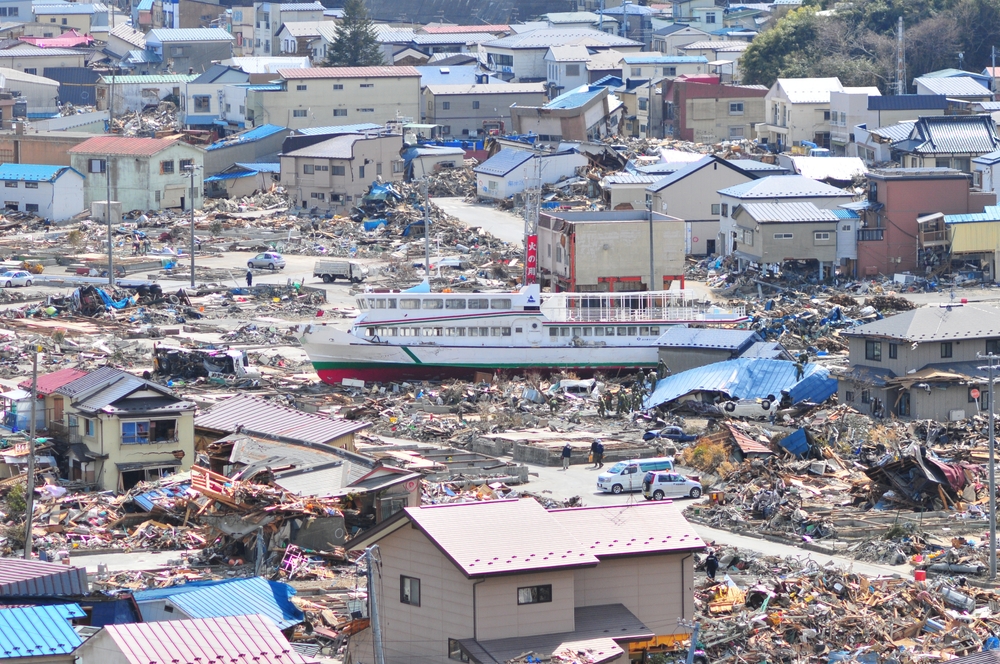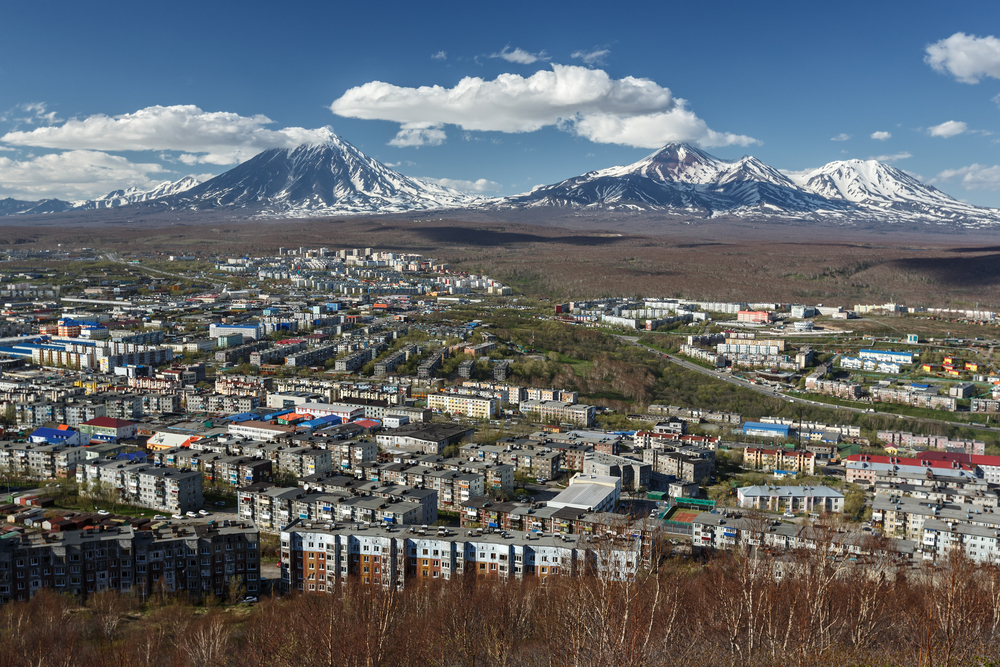Copyright © Everyday Narrative 2024. All rights reserved.
On a seemingly ordinary Wednesday, the earth beneath Taiwan’s eastern coast roared to life, unleashing a 7.4 magnitude earthquake, the strongest to hit the island in 25 years. This catastrophic event not only shook the very foundation of Taiwan but also sent ripples of concern across the globe, reminding us of the earth’s unpredictable nature and immense power.
The Catastrophe Unfolds
In the wake of the quake, Taiwan faced a grim reality: at least nine lives were lost, over 900 people injured, and significant structural damage was widespread, with more than 100 buildings compromised. The earthquake, characterised by its profound depth and strength, was centered in Hualien County, a picturesque region home to about 300,000 people of Taiwan’s 23 million inhabitants. This seismic event was not isolated; it was followed by potent aftershocks, including a 6.5 magnitude tremor, with the anticipation of more to come.

Rescue operations sprang into action amidst the chaos, focusing on freeing those trapped by the earthquake-induced landslides and collapsed buildings. Amidst the destruction, the spirit of resilience and unity emerged as rescuers worked tirelessly to navigate the aftermath and aid those in distress.
The tremors were felt far beyond Taiwan’s shores, prompting tsunami warnings in Japan and the Philippines, though these were later retracted. Yet, the initial quake and its aftershocks have left a lasting impact, underscoring the vulnerability of even the most prepared communities to nature’s whims.
The Global Context: Earth’s Most Powerful Earthquakes
The recent tragedy in Taiwan is a stark reminder of the earth’s capacity for destruction. It prompts a reflection on the history of seismic events, particularly the top five largest earthquakes ever recorded, which illustrate the sheer scale of what tectonic forces can unleash.

Valdivia Earthquake (Chile, 1960) – Magnitude 9.5
The crown of the most potent earthquake goes to the Valdivia Earthquake in southern Chile. Its aftermath was catastrophic, leading to widespread destruction and triggering tsunamis that affected distant shores, demonstrating the far-reaching consequences of seismic activity.

Great Alaska Earthquake (USA, 1964) – Magnitude 9.2
This earthquake struck the Prince William Sound region, causing significant ground fissures, tsunamis, and a substantial loss of life. Its impact on Alaska was profound, reshaping the landscape and altering the lives of many.

Sumatra-Andaman Islands Earthquake (Indian Ocean, 2004) – Magnitude 9.1-9.3
Known for triggering a series of devastating tsunamis, this undersea megathrust earthquake claimed over 230,000 lives across fourteen countries, marking it as one of the deadliest natural disasters in recorded history.

Tohoku Earthquake (Japan, 2011) – Magnitude 9.0-9.1
This tragic event led to a massive tsunami, causing widespread destruction in northeastern Japan and triggering the Fukushima nuclear disaster. The Tohoku earthquake is a grim reminder of the nuclear risks associated with seismic activity.

Kamchatka Earthquake (Russia, 1952) – Magnitude 9.0
Occurring in a remote part of the Soviet Union, this powerful earthquake generated a tsunami, highlighting the global nature of seismic risks and the need for international cooperation in disaster preparedness and response.

Reflections and Moving Forward
The recent earthquake in Taiwan, alongside the historical context of the world’s most powerful earthquakes, offers a sobering reminder of our planet’s dynamic and often violent nature. It emphasizes the importance of disaster preparedness, resilient infrastructure, and the global community’s role in aiding affected regions.
As we look to the future, the lessons learned from these seismic events can guide us in building more resilient communities capable of withstanding the earth’s mightiest tremors. The spirit of solidarity, as seen in the aftermath of the Taiwan earthquake and other historic quakes, underscores humanity’s capacity to come together in the face of adversity.
In understanding the past, we are better equipped to face the future, ensuring that when the earth shakes, we stand ready, not just to survive but to thrive in the aftermath. The seismic events that shape our world are reminders of the power beneath our feet, urging us to respect nature’s forces and prepare for the unpredictable, ensuring that when disaster strikes, we respond with unity, resilience, and hope.



